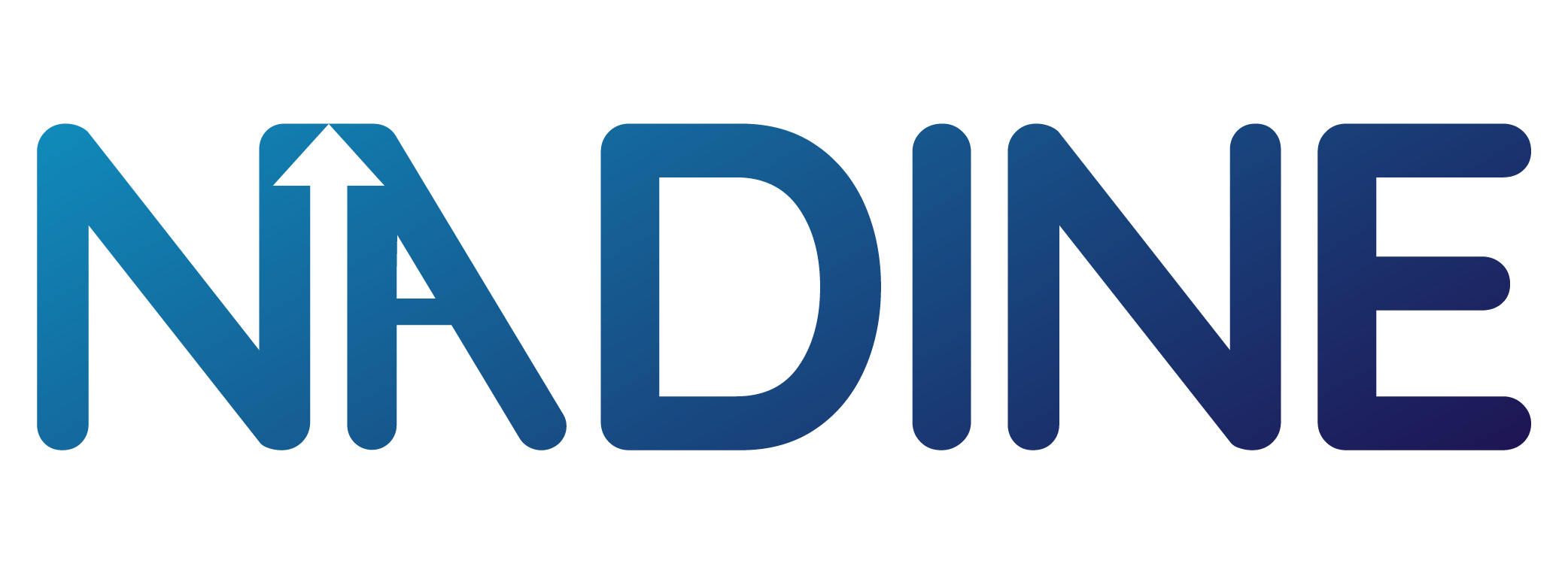The user requirements phase was launched at the beginning of the project in December 2018. This initial phase of the project was designed to research the needs of the various users, the importance they place on a range of potential features on the NADINE platform and ultimately to ensure that the final product is fit for purpose.
The first step was to identify and group the diverse target audience which will eventually become users of the platform. These users were broadly categorised into groups:
A – Asylum seekers, refugees and vulnerable migrants
B – Local / public authorities and corporate bodies
C – NGOs
Project partners then set out an initial framework for the NADINE platform according to the perceived needs of each of the three groups: A, B and C. From this basis, three questionnaires were designed to capture the importance that each target group placed on the proposed features of the platform, as well as the overall functionality and user experience of the platform itself.
The questionnaires were produced in English, French, Arabic and Farsi to ensure high participation from all the participants as these languages are widely spoken throughout the partner countries. They asked users to prioritise the features of the platform using the “MoSCoW method:
- MUST (Mo) – features which are critical and absolutely essential
- SHOULD (S) – important features
- COULD (Co) – would improve the platform, but not very important
- WON’T (W) – not important or needed
A total of 107 answers were received across all three target groups:
– 70 responses from Group A
– 21 from Group B
– 16 from Group C
The next step was to analyse the data gathered from the target groups in order to summarise and rank the specific priorities of each of the target groups. An example of the data is presented visually in the bar chart below for group A:

Asylum seekers, refugees and vulnerable migrants (A) listed access to job opportunities, free educational courses and job interviews as their highest priorities for the platform.
Local / public authorities and corporate bodies (B) prioritised information on social and legal rights for asylum seekers, refugees and migrants, along with the possibility of posting job advertisements.
NGOs (C) prioritised information on how many, and which organisations, offer free career counselling services for asylum seekers, refugees and vulnerable migrants. They also listed information about the problems refugees face in various regions as a key feature on the platform.
The insights gained from the user requirements phase will now be used to set a clear set of criteria for the technical development of the NADINE platform. In addition, the field research has been a valuable way of encouraging interaction and dialogue between the project partners and target audience, an approach which partners will strive to maintain throughout the duration of the project.

Recent Comments